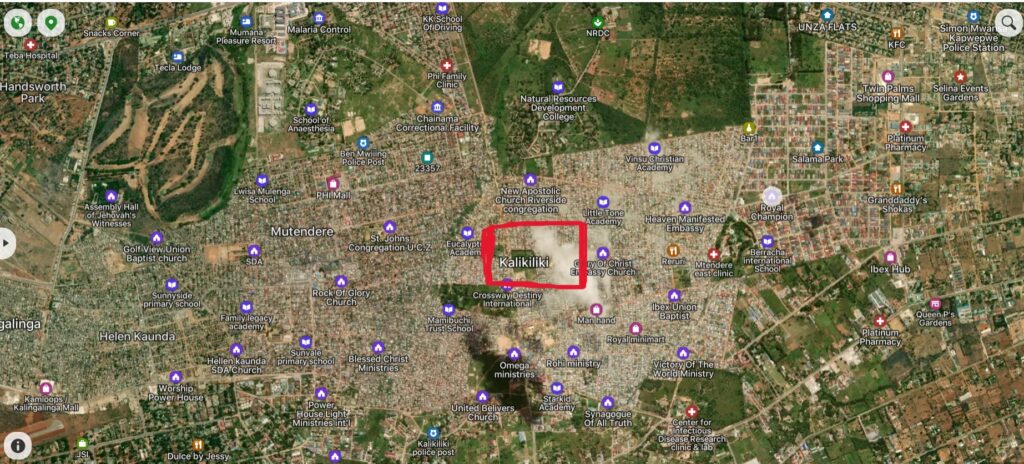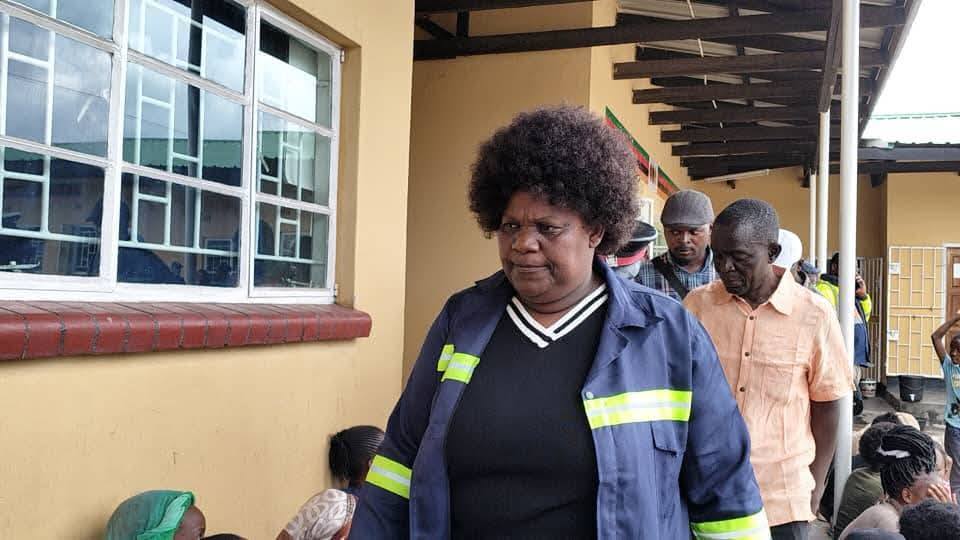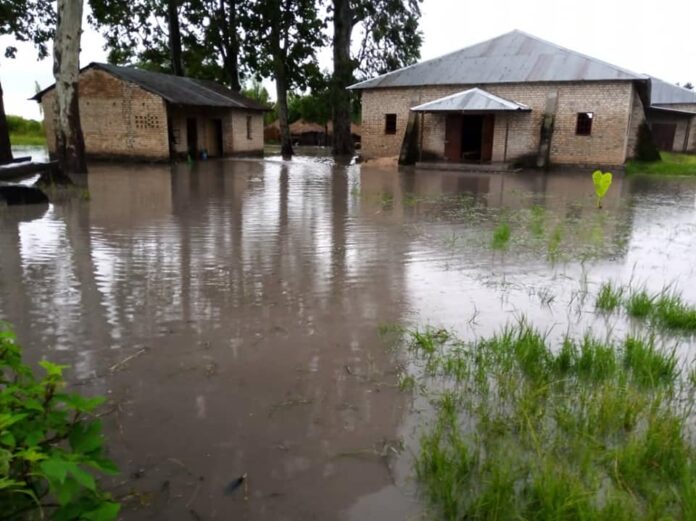By Linda Soko Tembo
Residents of Kalikiliki are enduring a Kuomboka-like existence, wading through floodwaters daily after their homes were submerged due to severe flooding. The poor drainage system, linked to Kalikiliki dam, has exacerbated the situation, leaving many struggling to cope.
Kalikiliki is a high-density, low-income settlement east of Lusaka, near Mtendere. One of the city’s oldest unplanned settlements, it sits on the Lusaka dolomite, the primary aquifer supplying groundwater to the capital.

For some residents, the situation is even more dire. Simon Tembo, a 62-year-old homeless man, has been squatting in a flooded house because he has nowhere else to go and cannot afford rent. He told MakanDay that the poor drainage system is the main cause of flooding in many homes across the area.
Tembo who separated with his wife and two children, said that while efforts were made last year to have the Kalikiliki drainage cleared by the area councillor, the intervention did little to prevent flooding. He believes the drainage system needs to be deepened to provide a lasting solution.
He further said that due to his poor living conditions, he has tried to enrol in the Social Cash Transfer (SCT) programme—a government initiative under the Ministry of Community Development and Social Services aimed at reducing extreme poverty and breaking its cycle by providing financial support to vulnerable households. However, his attempts have been unsuccessful.
“I don’t know how the government can help me and others living in extreme poverty so that we can benefit from the SCT… Right here in Kalikiliki, some people receive support from these programmes while others do not,” he said.
Another resident, Ethel Mukuli, who has lived in Kalikiliki for 20 years, said flooding has worsened over the past five years. She noted that Simon Tembo was not the only person living in a flooded house, adding that she, like many others, was also affected.
“As a community, we are appealing to the government to help. This man is living in a flooded house because he has no other option. There are two drainage systems in this area that cause severe flooding during the rainy season, making the area impassable. It is difficult for schoolchildren and people who need medical attention to move from one place to another,” she said.
One of the community leaders, Davy Kamanga, told MakanDay that many homes in the area have been affected by flooding. However, despite his reports, they have yet to receive assistance from the Disaster Management and Mitigation Unit (DMMU) under the office of the vice president.
“I went to DMMU last week to seek an audience with the director, but the secretary advised me to first report the matter to the District Commissioner’s office. When I called the DC, she assured me she would follow up so that action could be taken to assist the affected residents, including this man. However, we are still waiting for help,” he said.
Lusaka District Commissioner Rosa Zulu, acknowledged concerns about flooding in Kalikiliki but emphasised that the area was never intended for residential development, as much of it lies within drainage zones. In an interview with MakanDay, Zulu, who also chairs the Lusaka District Disaster Management Committee stated that residents were fully aware that building homes in such areas was not permitted.
“In Kalikiliki, people know very well that they are not supposed to be living in those areas. When I visited last year, I found houses built in streams. People must be principled and avoid constructing homes in flood-prone areas,” she said.

She explained that Kalikiliki was among the first areas she visited last year, and she saw no need for a follow-up visit since she was already familiar with the community’s challenges. She added that residents should be prepared for relocation once alternative land is identified.
“The problem is that people want me to go there again, but there are others who are also affected. I can’t focus on just one area. I already visited and walked from the Natural Resources Development College (NRDC) to Ibex Hill, so I’m well aware of the problem and its cause. I have already submitted the concerns from that area,” she said.
Zulu added that residents seemed to expect food aid and other relief items from her visit, but she maintained that the core issue was improper construction in drainage areas.
Main Photo | File

Discover more from MAKANDAY
Subscribe to get the latest posts sent to your email.



